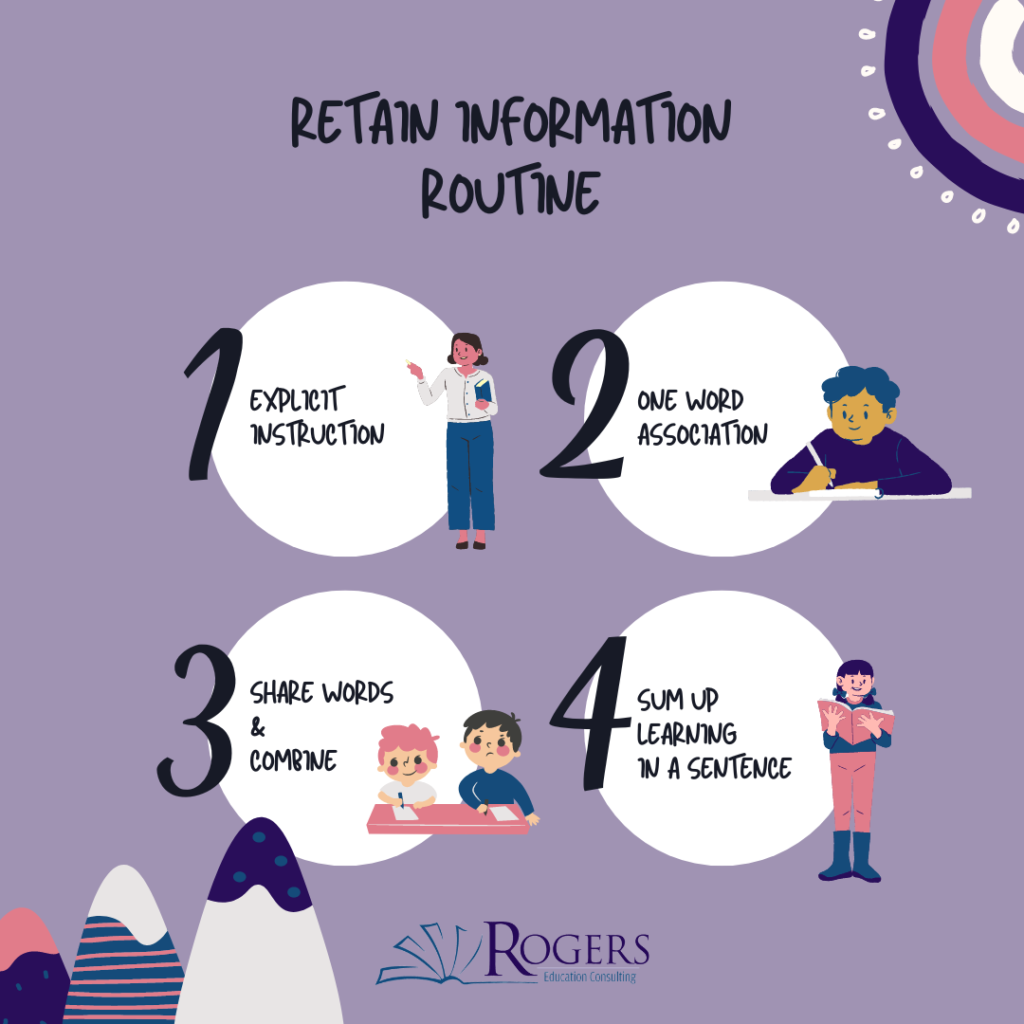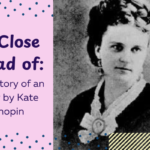Teaching for Understanding
“If I had a nickel …” is the overused phrase I fight the temptation to say out loud when teachers tell me that they just taught something and their students don’t remember. What actually comes out is usually along the lines of “don’t take it personally. Your students are not out to get you, they don’t have a master plan to drive you nuts, they just did not retain the information.”
But we do need to spend a little more time considering how we can teach students a true understanding of new information. One way to do this is to implement teaching routines that require students to think, analyze, problem-solve, and make meaning of what they have learned. Usually, those are the types of things that elicit an “ain’t nobody got time for that”! But those teaching routines are what will actually make it stick and they’re worth the effort.
Good news! It doesn’t have to take forever to implement a thought-based teaching routine! Here is a quick activity that might not be a silver bullet, but will help many of your students dig deeper into new learning.
The Learning Routine
When reading about or learning new material, put students in small groups of 4 or 5 and follow these simple steps:
- First, have students take in the new information. It can be read, watched, or directly taught.
- Next, have each student, independently, write down one really important word based on their new learning. If you are teaching about gravity, students might write words like inertia, friction, force, mass, etc. My rule is they can’t use the topic as their word, so if they are learning about gravity, they can’t write gravity.
- Now, have students share the words they wrote in their small group. If any of the words were repeated, the group must throw away the repeated word and, together, come up with a new one in its place.
- Finally, as a group, their job is to use all the words to develop a complete sentence that sums up the learning.

Why does this work?
The students are thinking critically about the information you gave them without the pressure of a high-stakes, complicated activity. Every student can come up with a word. If theirs wasn’t a stellar choice, it’s okay, they don’t fail, and they have group support. In addition to individual thoughts about the content, students are discussing content as a group, and working on a puzzle of sorts to develop the main point sentence. This activity is low prep, fairly quick, but has high returns!
Bring it to the Writers’ Workshop
Have the students use the sentence they created, which is probably riddled with grammatical issues, to your writing instruction. Conduct a mini-lesson on the biggest problem you noticed in the students’ sentences and then ask the students to try to fix that error. They can continue working on this sentence for weeks! Extended exposure to the content, and real-world writing experience – everybody wins!



